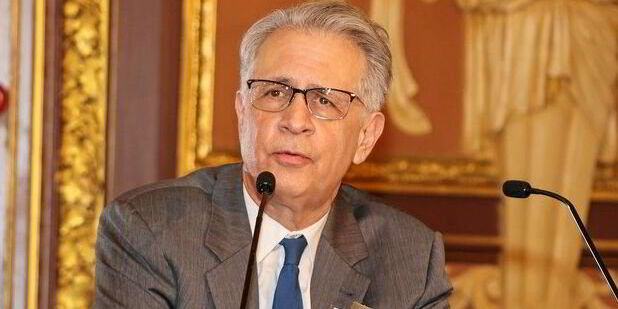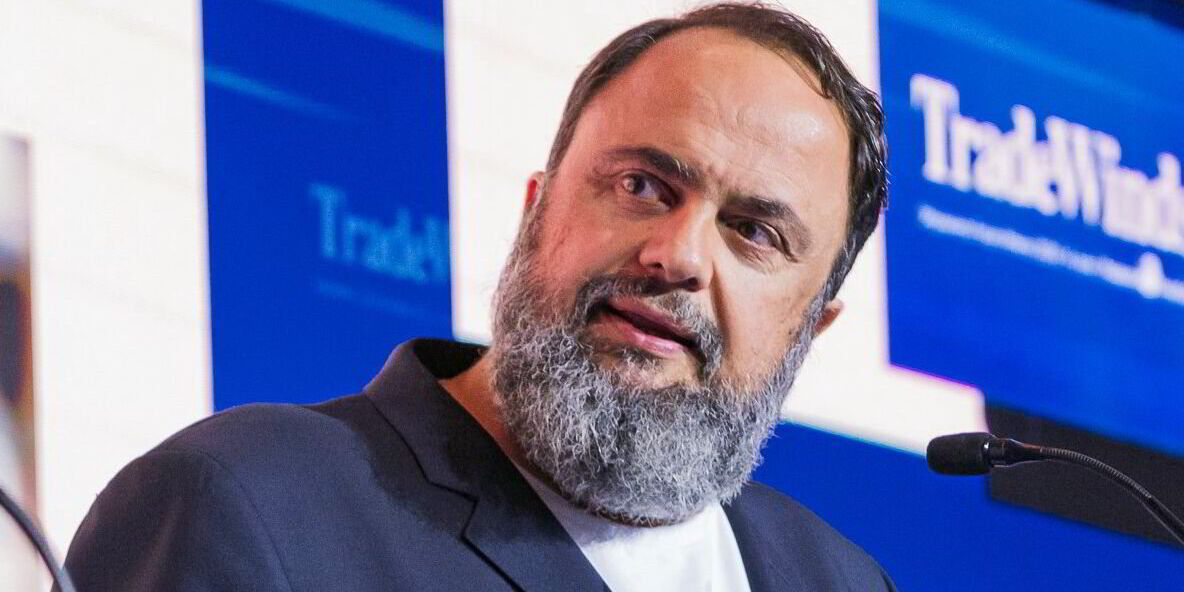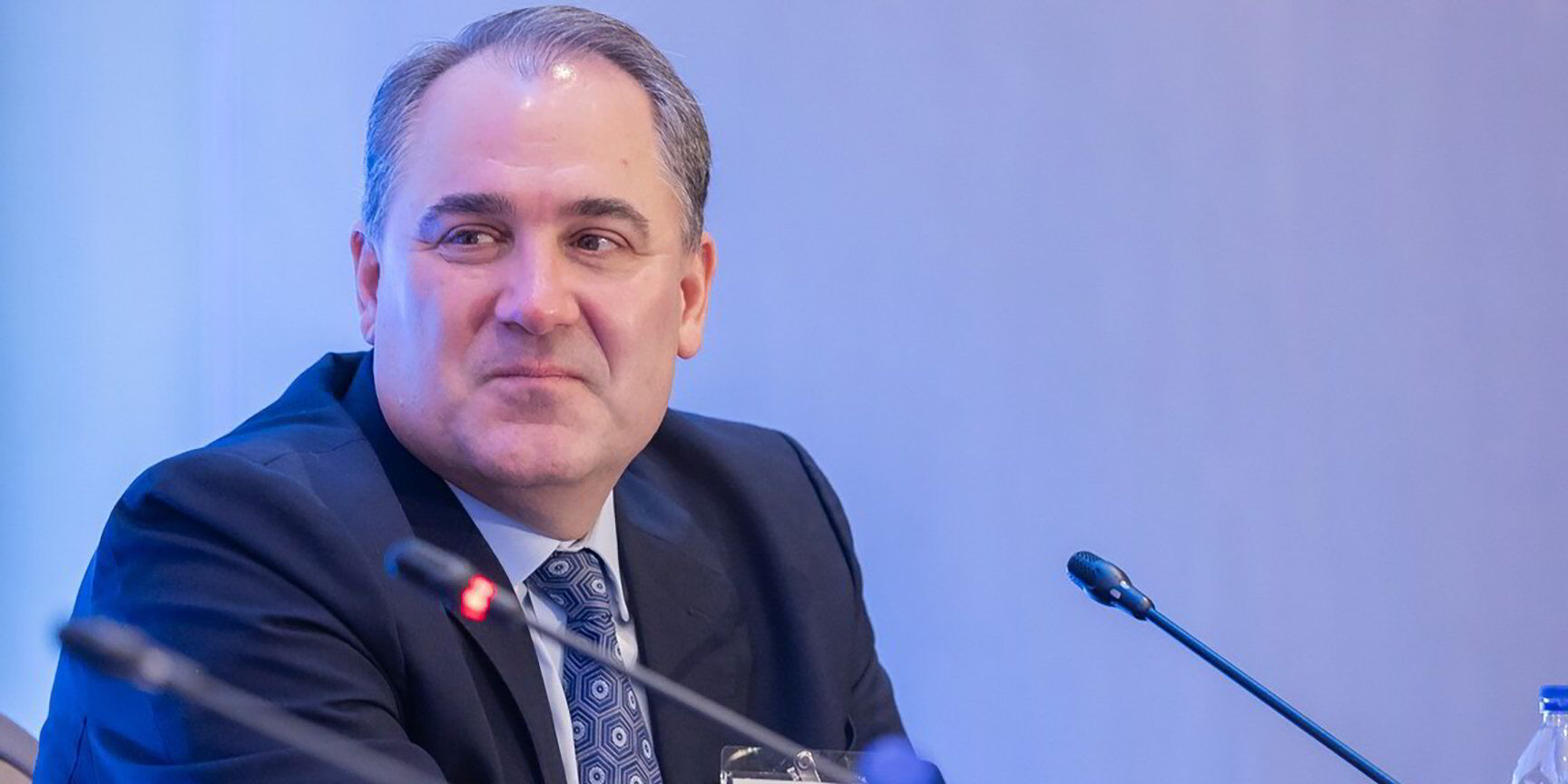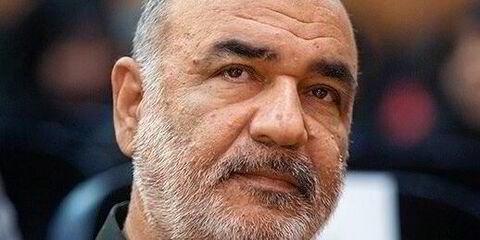If the US wants to build up its shipping capacity, maybe take a look at the Jones Act.
As the White House contemplates measures against Chinese yards while supporting domestic shipbuilding, Navios Maritime Partners vice chairman Ted Petrone and International Seaways chief executive Lois Zabrocky suggested Washington could change the 105-year-old cabotage law.
“I think a modification of the Jones Act might help,” Petrone said at Capital Link’s International Shipping Forum in New York.
He acknowledged the potential controversy such a statement could stir up.
“Sorry,” he added.
The law, enacted in 1920, sets strict standards for ships that can trade between ports in the US, mandating that they have to be built, owned and crewed primarily by Americans to support domestic shipbuilding and US mariners.
Criticisms of the law are few and far between and it tends to enjoy at least public support from figures across the domestic shipping industry.
But in recent decades, US shipbuilding and the merchant marine have declined.
Measures under consideration by the Trump administration could levy port fees on Chinese-built vessels. They could also force companies with Chinese ships in their fleet to pay fees when calling in the US and set escalating targets for carrying cargo on American-built ships.
Petrone, a 1977 graduate of the State University of New York Maritime College, said if the government is going to raise building costs for owners and operators, they could lower it “on the other side”.
Zabrocky, a graduate of the US Merchant Marine Academy, agreed that changes could help the US build “sea force” in the near term.
“That’s a way to supplement your sea force with whatever quilt you can put together until [you’re ready],” she said.
Stena Bulk chief executive Erik Hanell quoted a broker as saying a US-built suezmax would cost $500m, versus $83m to build an eco-designed suezmax at a top-quality yard.
“If that is true or not, I’m not sure,” he said, but wondered who could afford to build such a ship.
Stena Bulk operates three tankers in the Tanker Security Program, which uses US-flag commercial vessels to carry fuel for the military. All three are built in China.
“I’m sure we’re not the only one,” Hanell said. “What will happen with those, I don’t have an answer ... but that’s an interesting case.”
Not buying Chinese ships
The proposed port fees, however, do appear to be scaring off owners from building in China.
When moderator Ben Nolan of Stifel asked if panellists would hypothetically build a ship there, all but Petrone said no.
He believes by the time the ship is delivered, the issue would be ironed out.
Zabrocky said International Seaways consciously stayed away from Chinese yards in the past for other reasons.
Hanell said the “safest bet” is South Korea, but right now, it would be a price issue for Stena Bulk.
Ardmore Shipping chief financial officer Bart Kelleher said he would not, while Harrys Kosmatos of Tsakos Energy Navigation said his company is “not big advocates of Chinese vessels”.
CEO Carlos Balestra di Mottola said d’Amico International Shipping has had a good experience building ships in China, but any decision would lie with the details on port fees.(Copyright)






